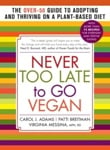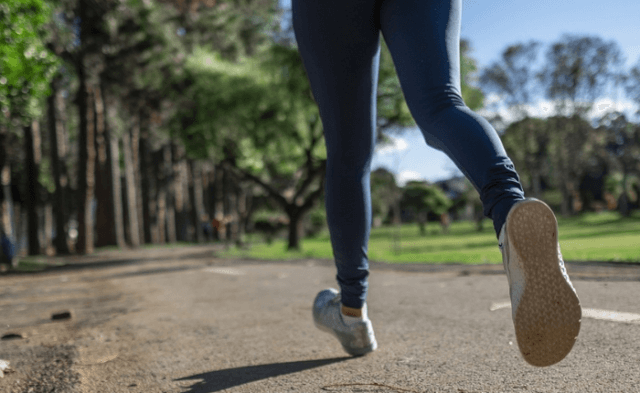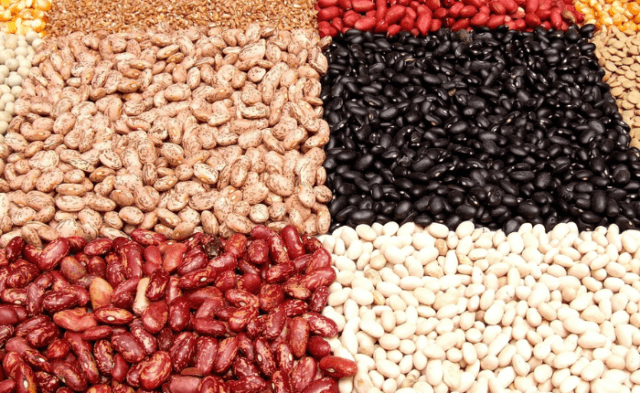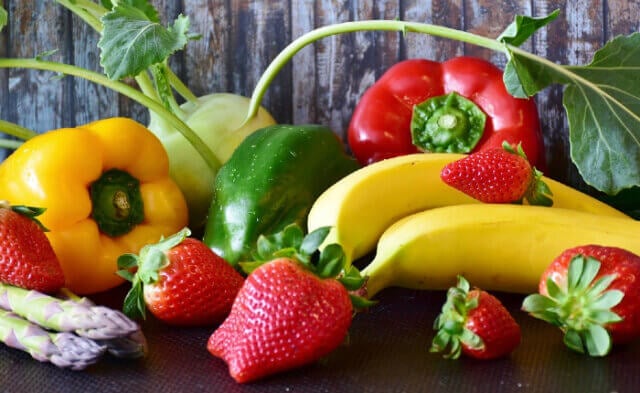
This quote, taken from the preface of Never Too Late to Go Vegan: The Over-50 Guide to Adopting and Thriving on a Plant-Based Diet by Carol J. Adams, Patti Breitman, and Virginia Messina, M.P.H., R.D., serves as a simple yet important reminder for seniors who are attempting any type of change. In this case, the authors are trying to help people over 50 change their diets. When it comes to eating, even people who have lived for at least five decades may still run on the programming from their childhood, when they were conditioned to think of meat, eggs, and dairy products as nourishing foods.
But with age comes wisdom, awareness, and the strength to make necessary changes. Life lessons have taught us that every action has a consequence. Our food choices affect animals, the environment, and our health. Although some injustices are beyond our scope of influence, we can certainly stop injustice to farmed animals and change our lives for the better.
Adams, Breitman, and Messina—”sage vegans” with differing backgrounds and lifestyles—wrote Never Too Late to Go Vegan in order to share their own experiences of going—and staying—vegan. They hope the book will give other seniors renewed energy, better health, a new sense of purpose, and a new experience of power to affect change.
The book is filled with step-by-step advice, resources, recipes, meal suggestions, tips for when you’re eating out, and stories about people who embraced a vegan lifestyle after they were 50. It is well-written, informative, and inspiring, and I encourage everyone, including seasoned vegans with friends and family members who are hesitant to go vegan, to read it.
In the meantime, we’ve asked one of the talented authors, PETA member Patti Breitman, to share some of the tips from the book.
What’s the single most important piece of advice that you would give to people who are 50-plus and thinking about going vegan?
Most people we know who went vegan after 50 report that it was much easier than they thought it would be. My advice would be to just jump in and try it. It’s something that younger people are doing in record numbers and for good reasons. And it’s time for us to join them.
How should someone get started?
In the book, we offer a number of great ways to begin. You can choose one or two meals a day to eat vegan. You can choose one or more days of the week to go vegan. Or you can take your favorite recipes and “veganize” them. We offer ideas and recipes for how to make or buy vegan versions of many, many popular foods, from sour cream to mayo, milks and cheeses, and even meat. We also recommend that you try to connect with another vegan or someone who is moving toward going vegan. It is much more fun with support.
How does life improve after you go vegan?
This is a great question! For starters, our experience with food usually broadens. Most people who go vegan discover cuisines from cultures around the world in which meat is not at the center of the plate. Until they go vegan, many people don’t realize that other people all over the planet enjoy scrumptious food made from beans, grains, veggies, and fruit, prepared in so many different ways. Vegan food is never boring! Also, most vegan meals are naturally high in fiber and free from saturated fat and cholesterol. So many people see improved cholesterol numbers pretty soon after switching. Also, eating becomes a totally pleasurable experience. The flavors and textures and colors are exquisite, and there is no hint of discomfort from having harmed any animal in order to eat.
When people go vegan after age 50, how do their spouses, children, and grandchildren usually react?
The reactions from family and friends can vary tremendously. In our book we offer an entire chapter on talking with loved ones about your choice to go vegan. Even when others in the family don’t share your decision, there can be peace at the dinner table. With time and honest communication, most people come to accept your choice, even if they don’t join you in it. The good news is that in many families, after one person goes vegan, others tend to move in that direction, too. Given that going vegan is a choice to be kind, we encourage all new vegans of any age to express kindness to those who don’t share your new enthusiasm for this compassionate way of eating. After all, until we went vegan, we, too, did not understand and were not moved to change.
What are some vegan meals that noncooks can enjoy?
Even though the book has more than 75 terrific recipes, we also offer dozens of ideas for fast meals without cooking because we know that not every vegan likes to cook.
Wraps are a great way to prepare yummy, filling meals without cooking. Fast snack food or elegant party food—wraps can go either way. You can roll up most leftovers in a tortilla or chapati, or you can buy a flat bread, smear hummus or vegan cream cheese on it, and top it with slices of roasted red pepper from a jar, olives, and/or capers. Roll it up and slice it into pinwheels for a finger food that can’t be beat. You can also wrap food in collard greens, romaine or iceberg lettuce leaves, or sea vegetables such as nori.
Stuffed vegetables are also a fast, easy meal that requires no cooking. Create an instant dish for a party with store-bought hummus and a “cone head” of Belgian endive leaves. Pull apart the leaves, and spoon hummus into each one. Make it fancier with a few capers or sliced olives on top.
Canned beans also make easy meals. Mix taco seasoning into the beans, and then spread them on a corn tortilla. Heat them in an oven or microwave, and top them with chopped tomato, avocado cubes, and/or spicy salsa. Or stir frozen corn and chopped onion into pinto beans. Serve them on a bed of quinoa or brown rice. Or gently mash drained, canned chickpeas, and add vegan mayo and chopped celery and onion. Serve them in a sandwich or on top of a bed of greens.
Another way to eat well without cooking is to use convenience foods as a base. Soup from a can or box can be a great starter for your own “homemade” soup. Add beans and frozen veggies, and heat it up for an easy meal.
And don’t forget stuffed grape leaves. You will find these canned or in the refrigerator or deli section of many grocery stores, including Costco. Put them in a baking dish and add a little vegetable stock or olive oil. Sprinkle them with pine nuts and lemon slices. Cover them with foil, and warm them up at 350 degrees for 20 minutes.
With so many helpful tips, there’s no reason not to go vegan now. Remember, you’re not the first vegan—you’re not even the first vegan over 50. It’s never too late to change. In fact, you will never be younger than you are at this moment, so why not get a jump on going vegan right now. The book is available from the PETA catalog.





